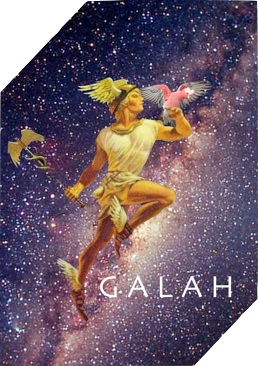Science goals
The overall science goal of GALAH is chemical tagging: finding structure in the abundance-space information of disk stars, and using it to identify groups of stars that formed together, and to trace the evolution of the star formation rate and Galactic abundances.
Our science goals have excellent synergies with the Gaia mission, and the two data sets are highly complementary. The second data release of Gaia on 25 April 2018 provided broadband G, GRP, GBP magnitudes, and a five-parameter astrometric solution (position, proper motion and parallax) for 1.3 billion stars. A 7 million star subset of this will also have radial velocities. Over 99.5% of GALAH DR2 stars are found in Gaia DR2, with over 99% of them having parallax and proper motion information.
Because GALAH targets are relatively bright (12 < V < 14), they have the highest quality Gaia parallaxes and proper motions, enabling detailed chemodynamic studies of the Solar neighbourhood. GALAH radial velocities are the only available large catalogue with precision in km/s that matches the Gaia proper motion in km/s, and they have higher precision than Gaia DR2 radial velocities.
GALAH has many other goals, described in De Silva et al. 2015. These include Galactic structure, thin/thick disk separation and normalization, study of the inner halo, identification of stars accreted from dwarf galaxies, new methods for chemical tagging, study of evolutionary changes in stellar abundances, and identifying streams and moving groups in the disk. Our simple, magnitude-limited selection function means that we also observe stars that are peculiar, too hot, or too cold for our parameter determination pipeline, but will still be of use to researchers of the future.
